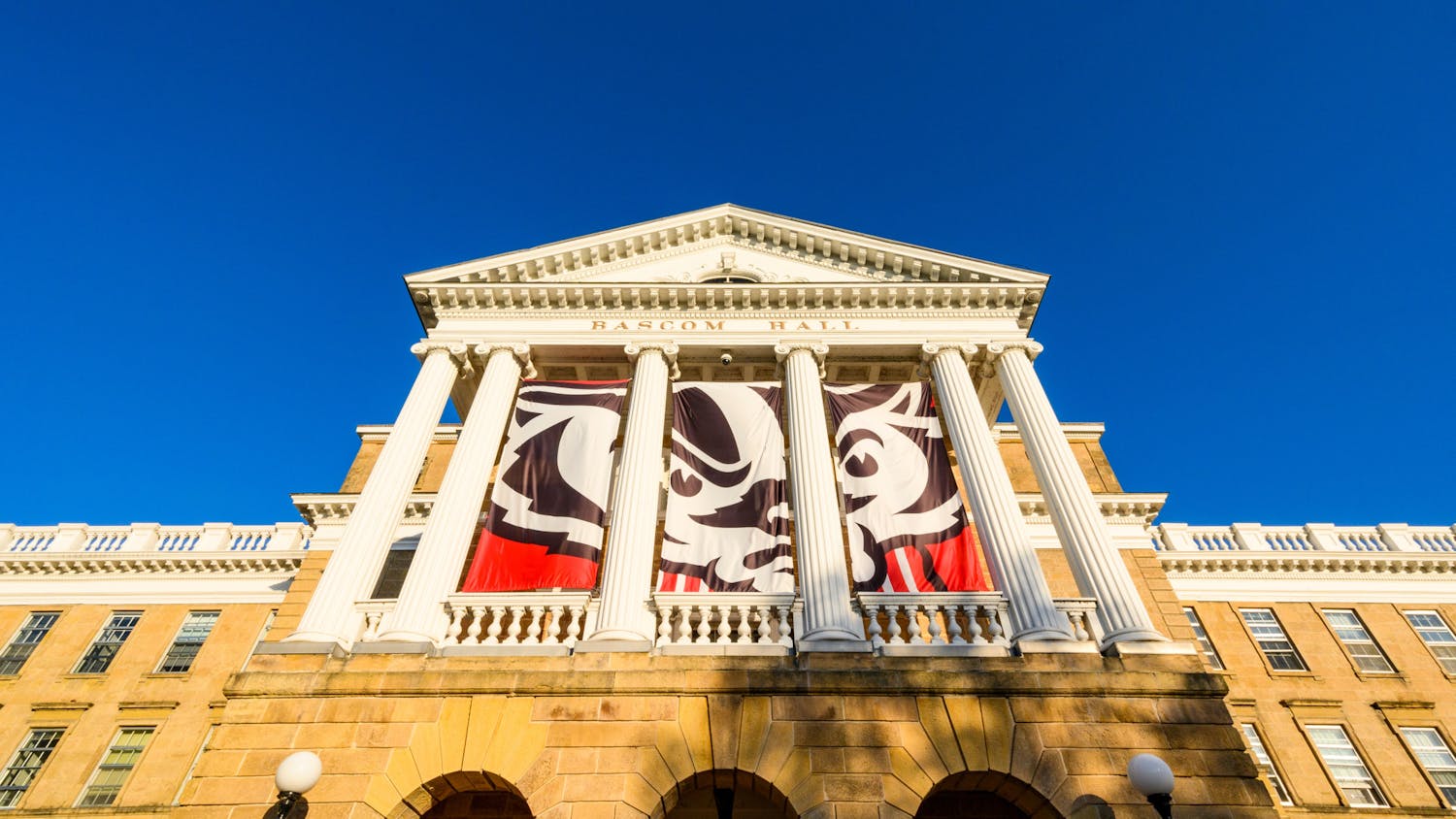Few things are a more recognizable harbinger of spring than the return of baseball. As Major Leaguers show up to camp in Florida and Arizona and teams made up of players of all ages dust off their old mitts, people around the country know that at long last, winter is coming to an end.
In Madison, however, the first few weeks of March are devoid of these joys. The satisfying sound of a baseball connecting solidly with the sweet spot of the bat, the sounds of joyful organ music and the tempting-yet-slightly-nauseating smell of hot dogs are nowhere to be found. They’ve been absent for almost 25 years. now is the time to bring Badger baseball back for good.
The history of recent college sports is one of huge profits, record attendance numbers and lucrative television contracts. Last year, around 28 different universities had athletic departments with revenues of more than $100 million. These astronomical figures give hope that schools will be able to build new facilities, field teams in a wide variety of sports and give more scholarships to student-athletes. The reality has been quite the opposite.
A vast majority of athletic revenues come from two sports: football and men’s basketball. These teams bring in the biggest crowds, get larger TV audiences and make more off of ticket sales than their less popular counterparts. As a result, the smaller sports programs rely on the two giants to stay afloat. When basketball and football don’t make enough money to support the other sports, some have to go. In 2012, the University of Maryland was forced to cut seven teams, including cross country and swimming, in order to compensate for losses that weren’t being offset by the football and basketball teams. In the 1990’s, the University of Wisconsin was forced to make the same decision.
There were several reasons why the athletic board decided to cut the baseball program. First and foremost, money was an issue. The program—as was the case with many other programs, and still is today—was losing far more money than it earned. The athletic department was $2 million in debt and needed to make cuts.
Another reason for the discontinuation of the program—the reason that is most commonly cited today—is Title IX regulations. The athletic program did not have the 50 percent male, 50 percent female division required by the landmark addendum to the U.S. Education Amendments of 1972. The easy solution to this problem was cutting the all-male, cost-inefficient baseball team.
Lastly, the team hadn’t been particularly good in a long time. In its final seven years of existence, the team had a winning percentage of .355 and hadn’t won a Big Ten title in 41 years. Cutting the team at one of its lowest points made more sense than allowing it to lose money (and games).
Now, however, times are different. The renaissances of the basketball and football programs have turned the tide for the UW athletic program. In 2012-’13, it ranked second in the country in athletics revenue, ranking behind only Texas. Deficits have turned into surpluses, and the call for the return of the baseball program has only gotten stronger.
An obstacle commonly cited by those who justify denying the return of UW baseball is the lack of a stadium. They say that building a new facility would cost a lot of money, just as the team playing in it would. However, the wide and generous base of donors that support Wisconsin athletics would be likely to give substantial help to make it happen.
Although the team wasn’t very good before its discontinuation, a bad team is better than no team. At the time, the football team wasn’t much better—in the same seven-year span before the cancelation of the baseball team, they went 20-58. They, however, weren’t cut—they had a resurgence under Barry Alvarez, and the entire athletic program has been better off ever since.
There are reasons to believe the baseball program could be successful if reinstated. Wisconsin relies on an extremely loyal fan base and consistently boasts superb attendance at athletic events. The existence and—albeit sporadic—success of the Milwaukee Brewers ensures that there’s already a considerably large pack of baseball fans in the state that would relish the idea of a return. The talent base would be there too: Several successful professional players have come from the state’s ranks, namely pitcher Jordan Zimmermann.
The athletic department had sufficient reason to cut the baseball program two decades ago: Both the team and the department as a whole were losing money, and something had to go. Since then, things have changed. The fortunes of the department have improved to the point that even if it did lose money, they could still avoid falling into financial ruin.
Sports have always been a huge part of the culture of UW; they’re one of many aspects of the school that make it so great. The prospect of spending my Saturdays at Camp Randall and my winters with the Grateful Red was a huge reason I chose to go to school halfway across the country from where I live. Depriving the loyal and passionate Badger fan base of one of America’s four major sports feels not only wrong, but downright unpatriotic.
If you want to argue that the team wouldn’t win games or make enough money, go ahead—but that misses the point. Bringing the team back would be a gamble, but if it does make a return, I know one thing for sure: This diehard Badger fan will be right there in the stands at every game, enjoying the warmth, chowing down on a frankfurter and rediscovering all the joys of America’s pastime.
Sebastian is a freshman majoring in environmental studies. Email us at opinion@dailycardinal.com.






